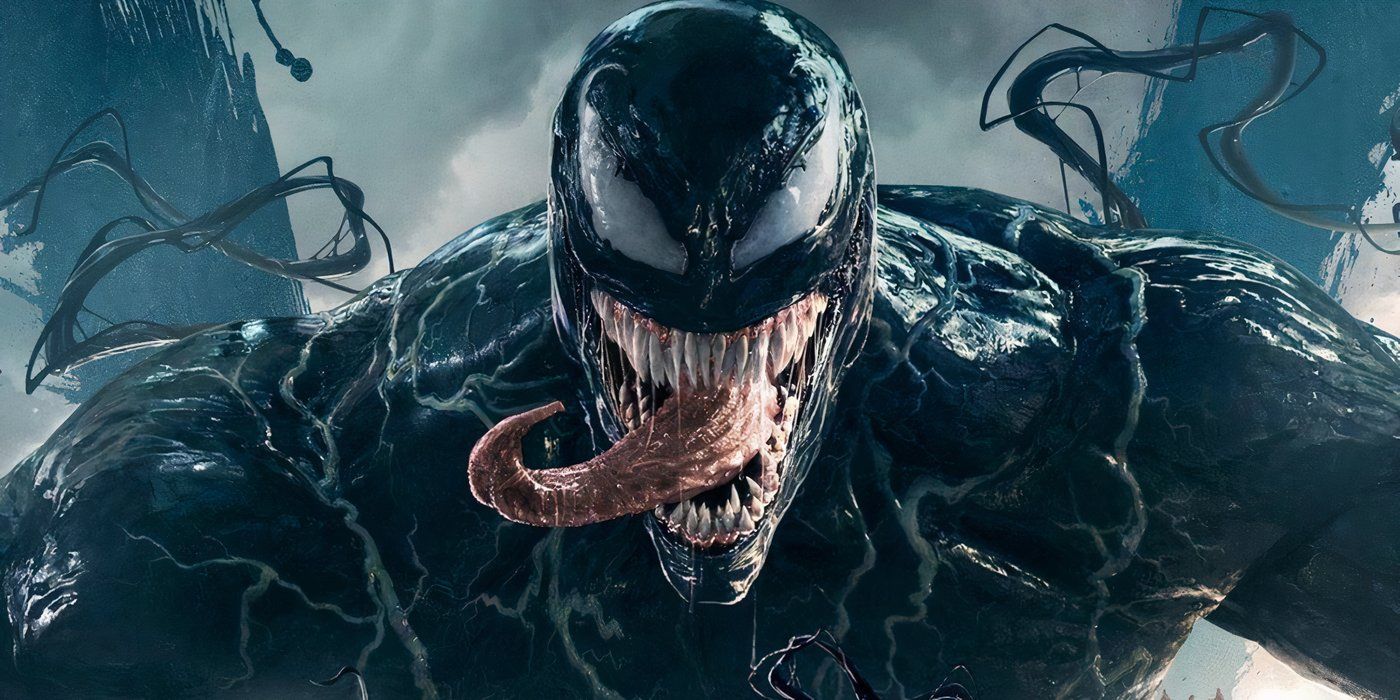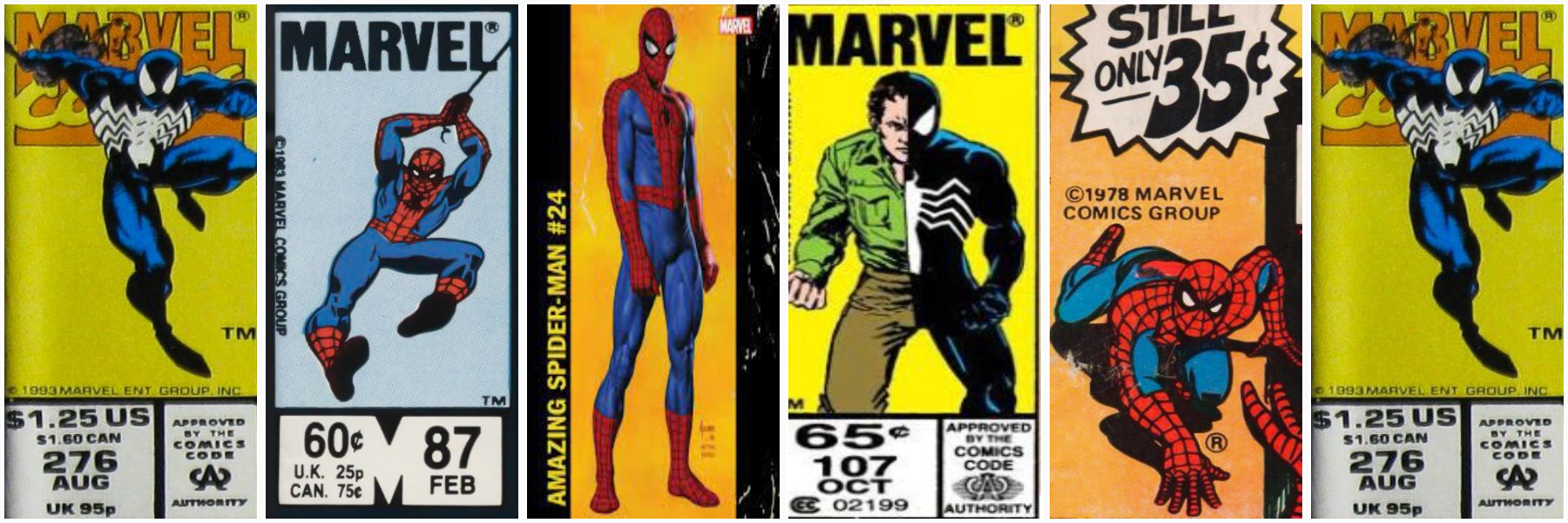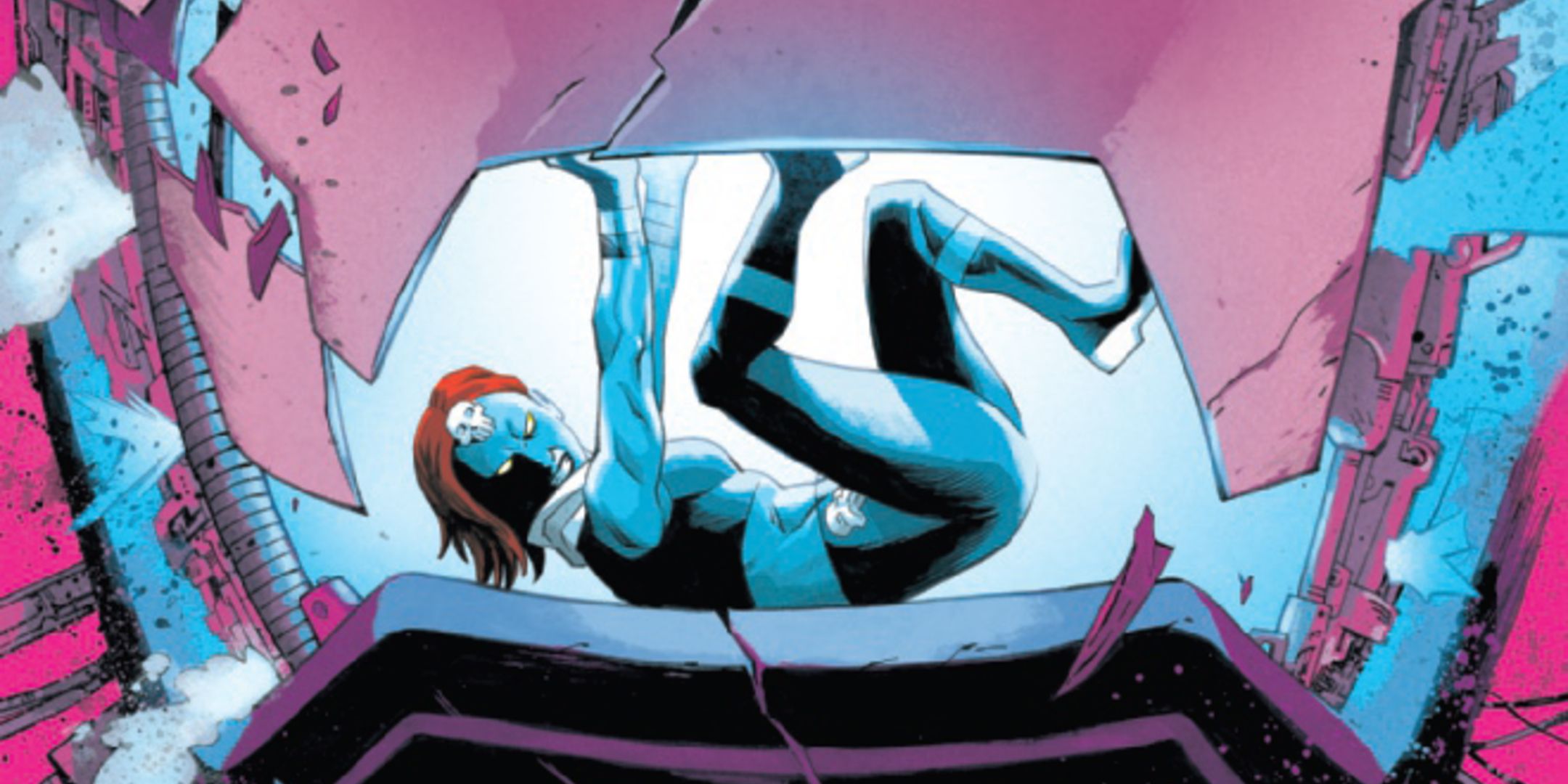
#9 in my ranking of Robert Zemeckis’ films.
This could have the best of the three motion capture animated films Robert Zemeckis made in the 2000s. It embraces a slightly more cartoonish visual aesthetic that fits best with the animation style, using exaggerated character design really well, as well as a few very good performances, especially from Jim Carrey, but it also contains some of the worst impulses of these movies in that it falls down a rabbit hole of spectacle at the wrong moments. Overall, it’s a good, heartfelt film, a very good adaptation of the Charles Dickens’ novella, but with an extra dose of control it could have been something great.
A CHRISTMAS CAROL Trailer (2009) Jim Carrey
It’s one of the best known stories in the English language, so there’s no point in a plot synopsis, so I’ll just talk about its strengths and weaknesses. First and foremost is that visual design. Zemeckis signals from the very beginning that he’s adhering to the original publication as closely as he can (in certain ways) by showing an etching that greatly resembles an original etching that could have appearing in the 1840s (it’s not, in actuality, but it does somewhat resemble the work of John Leech). That etching fades into the actual animation of the dead Marley’s face with coins on his eyes, and we quickly see the exaggerated form of Ebenezer Scrooge. With long, protruding nose and chin, Scrooge looks wonderfully distinctive in a way that they could have never made Jim Carrey with makeup or prosthetics. That design extends to all of the characters from the round faced Bob Cratchit, the rotund Fezziwig, the decaying Jacob Marley, and the three Christmas spirits.
Another great thing about the film is the performances. When this movie is quiet and focusing on the characters, it can be surprisingly affecting. The best section of the film is the journey with the Ghost of Christmas Past, and that’s because it’s a delicate and tender dramatization of the events that led to Scrooge becoming the miser that starts the story. The digital performances are subtle, and especially everything that happens in Scrooge’s old schoolhouse is pitch perfect. The journey with the Ghost of Christmas Present is also very good, finding a wonderful visual way to get Scrooge around London by turning the room that the Ghost resides in into a transportation with a see-through bottom. I’ve always wondered at Scrooge’s sudden transformation into caring about Bob’s family, in particular Tiny Tim, considering the depth of Scrooge’s misanthropy at the beginning, but it’s still handled well based almost entirely on performance, which seems like a weird thing to assert in a visual effects movie like this, but I think Zemeckis understood this technology more than most people realize.
He does descend into nonsensical spectacle at a handful of moments, but Zemeckis seems to understand that this type of animation’s core really is performance. It was harder to capture in The Polar Express due to the relatively primitive nature of the technology, but the upgraded tech Zemeckis uses here is top notch. Despite his exaggerated characteristics, Scrooge feels extraordinarily real. As I said, if this movie were smaller and quieter, it could have been the best A Christmas Carol, but it doesn’t stay quiet and small. It goes big in some ridiculous ways.
So, the Ghost of Christmas Past is the best sequence, but it ends oddly. Angry with what he’s seen, he grabs the spirit’s extinguisher cap that it had been holding the entire time and douses the flame of the spirit, just as the original story describes and the original etching shows. Fine by this point, but then it goes further, turning the cap into a rocket and sending Scrooge over the rooftops of London and eventually over the clouds to silhouette the moon. It’s just too far. And this keeps happening with a good visual idea getting taken too far, but it reaches its ridiculous climax with the Ghost of Christmas Yet to Come. The entire sequence is nonsense, a chase of the Ghost in a carriage going after Scrooge as he shrinks in size and ends up in pipes and bed curtain rings. Full of weird ideas and spectacle for the sake of spectacle, most likely to make the 3D of the film’s original release have at least one extended sequence to pop, it does nothing to serve the story and just goes on and on. The Ghost of Christmas Yet to Come is usually best when he’s quiet and foreboding, turning it into a loud chase undermines the very point of his presence in the story.

One other intelligent choice that Zemeckis made, though, is of Jim Carrey playing multiple parts, in particular which specific parts he plays. Much like Tom Hanks playing all of the adult male characters in The Polar Express, I think Zemeckis is trying to say something with this choice. There seems to be an underlying idea that the three ghosts are all borne from Scrooge himself by having Carrey play all three. He’s most recognizable as the Ghost of Christmas Past (with a curious design choice that makes his face rather solid in a fluid space like a flame that makes the face stand out more), but he does do the motion capture for all three, providing an interesting psychological extension to the story that never really existed before. It’s not harped on, but it’s definitely an interesting addition.

A Christmas Carol represents an intelligent use of a visual aesthetic that received a lot of pushback from audiences. Never realistic enough and always existing in a cartoonier reality than the visuals would seem to imply, this is where the material and the use of the visuals exist most comfortably together. However, this style also allows, and probably encourages, Zemeckis to indulge some of his worst instincts, sacrificing story for interesting visuals that don’t add much. As he told the writer who revamped the script to Beowulf, a minute of screen time made this way was always going to cost about a million dollars no matter what they put up, so that mentality seems to have led to Zemeckis using the ability to do things cinematically as clearance to do them narratively. It’s only a problem in fits and spurts until a large section at the end, but it’s enough to drag the movie down. Considering its heartfelt ending and wonderful performances and overall visual aesthetic, A Christmas Carol is a quality film that is one firm rewrite from being great.
Originally published here.



















 English (US) ·
English (US) ·